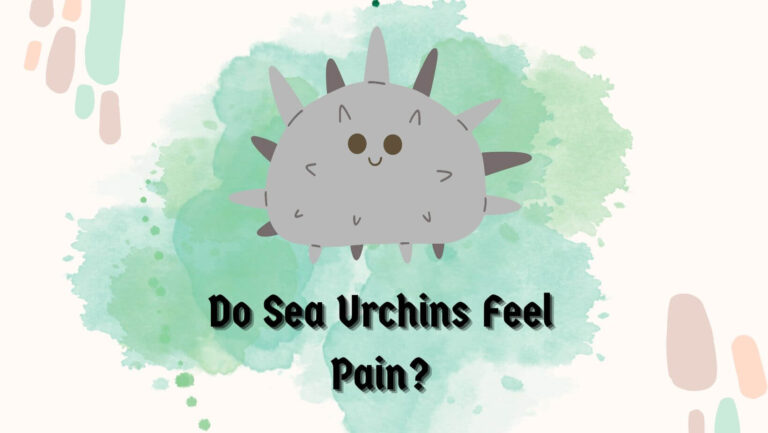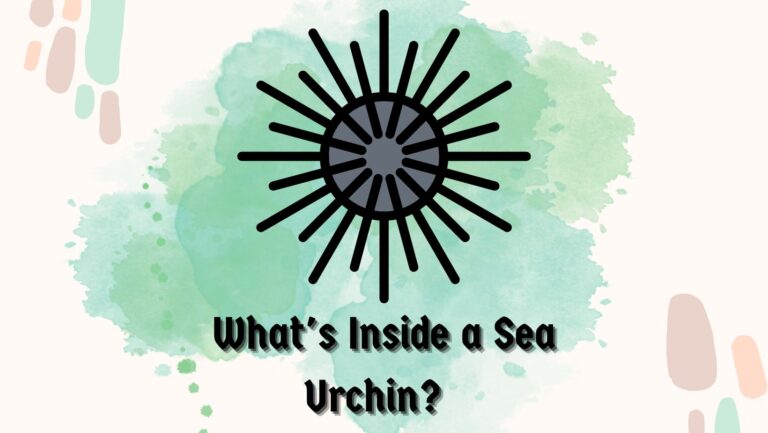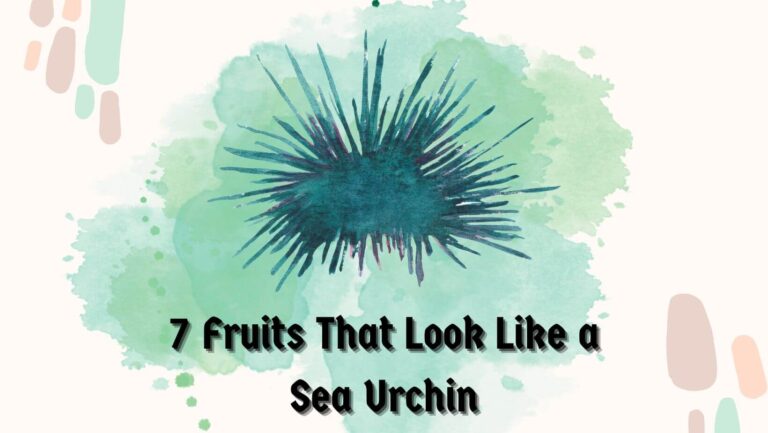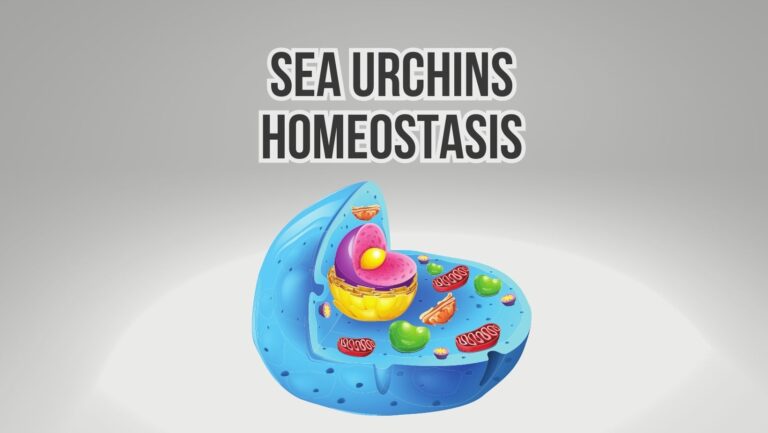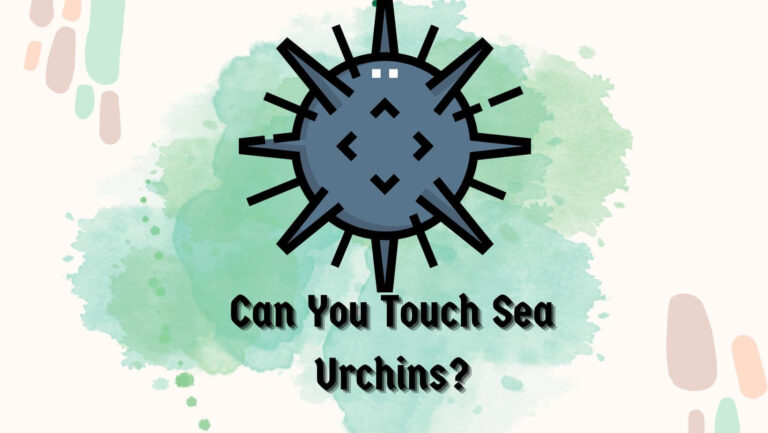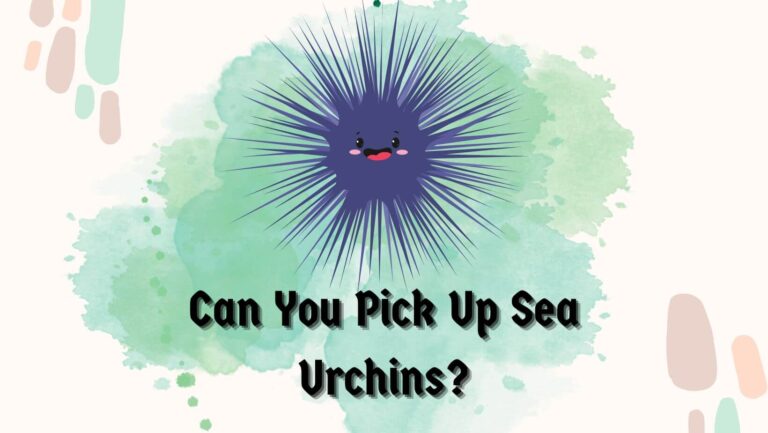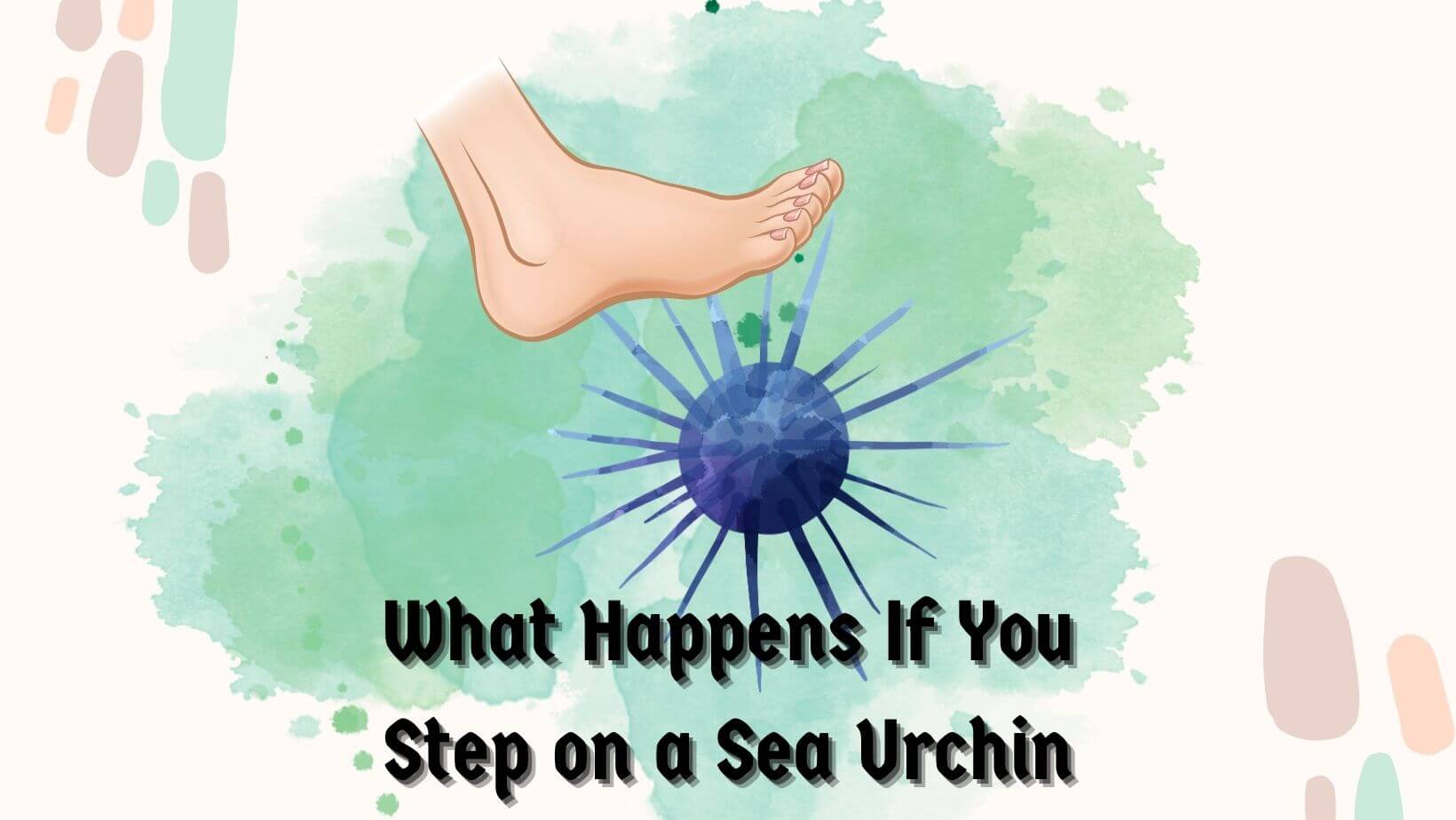
Suppose you are wondering, ‘What happens if you step on a sea urchin,’ then you are not the only person. You should know that sea urchins tend to have a spiky outer shell that protects them from predators and helps in locomotion.
Even though they may seem harmless, stepping on sea urchins can have painful consequences. Therefore, in this article, I will help you learn the potential risk and consequences of encountering sea urchins because it’s crucial for everyone venturing into their habitat.
Table of Contents
What Happens If You Step On A Sea Urchin?

When you step on a sea urchin, it will result in immediate pain & discomfort. The severity of the pain can depend upon factors like the penetration depth of the spines, the number of spines involved, and the location of the injury.
If you have stepped on a sea urchin that has multiple long spines deeply embedded in your foot, it will cause more pain than a simple trick on your hand. Not only pain, but you will also notice redness, swellings, as well as inflammation around the affected area which is a natural body response to injury & inflammation caused by the sea urchin’s spines.
Therefore, you should find immediate relief and medical attention. You should know that the itching and rash can also result in an allergic reaction because some species of sea urchins can be venomous and have toxins in their spines.
Also, you should know that anaphylaxis, which is a severe & potentially life-threatening allergic reaction, is quite rare but should be taken seriously and require medical attention. Some sea urchin species can cause these kinds of allergic reactions, so be sure to wear protective gear on your foot, like water boots, to protect from sea urchins.
Be aware of their appearance & behavior. Sea urchins are available in wide sizes, shapes & colors depending on their species. They typically have a round or oval body with spines protruding from their surfaces or outer shell.
If you are wondering how hard this spine can be, let me tell you, it’s enough to break through your skin. These spines tend to be made up of calcium carbonate & are particularly important for our little friends because it serves as their primary defense mechanism.
Also, you should know that the spines of the sea urchins help our little friend anchor through various surfaces & locomotion, which overall provide stabilities in the constantly moving underwater environment.
In addition to the spines, you should know that Sea urchins are known to possess tiny jawlike structures called pedicellariae. These kinds of appendages are usually found among the spines & serve multiple purposes.
One of the main purposes is to keep our little friend’s bodies clean by removing debris & organisms that may settle on their surface. You should also know that this jawlike structure also plays a role in defense as they can snap and shut on anything which comes in contact with them.
3 Potential Complications & Long-term Effects
Not only will you feel immediate symptoms, but it can also lead to various complications and long-term effects if you don’t take it seriously or if it is not properly addressed.
Risk Of Infection
One of the primary concerns is the risk of infection. You should know that the spines of sea urchins can introduce bacteria into your wound, increasing the likelihood of bacterial contamination.
If you don’t provide appropriate wound care & treatment, this infection can lead to delayed healing and potential complications. Therefore, I recommend you clean the wound thoroughly and then apply antiseptic to minimize the risk of further infection.
Tissue Damage
Another potential complication you may face after stepping on a sea urchin is spines breaking off during an injury, making them more challenging to remove.
If this is the case, it will further increase the risk of infection & tissue damage. You must seek specialized medical intervention to safely and effectively extract the retained spines.
Development Of Scar Tissue
Lastly, foreign body reaction is another possibility you may face after stepping on sea urchins whenever your body fails to expel the sea urchins’ spine fragments completely. In that case, it may encapsulate them with granuloma formation.
This will further lead to the development of scar tissue around the spines, which will further cause discomfort. This may also require further medical attention. Therefore in such cases, regular monitoring is usually required, and if necessary additional procedures may also be needed to address this issue.
First Aid & Treatment Options
If you find yourself with a sea urchin’s spine lodged in your skin, you should promptly & properly remove it. Below is how you can remove it safely if there is no one to help or medical attention is hard to get right now.
However, it would help if you always tried to seek medical attention first from professionals, then self-removal. In rare cases, you might have to remove it. Here is how to do it.
- You first need to start by cleaning the affected area with mild soap & water to remove any dirt or debris that may increase the risk of infection.
- After cleaning the affected area, you need to sterilize a pair of tweezers or forceps by cleaning them. You can consider rubbing alcohol to ensure the hygienic removal process.
- Using a pair of clean tweezers or forceps, you need to grasp the spine as close to the skin as possible. Also, you must steadily pull the spine out in the same direction it entered but be gentle. Also, ensure you’re not twisting or yanking the spine, as this may cause it to break & complicate the removal process.
- After successfully removing the spine, you need to clean the wound again with mild soap & water. After that, you can apply any antiseptic ointment to prevent infection.
- Finally, it would help if you covered the wound with a sterile bandage to protect it from further contamination & promote healing.
After successfully removing the spine, you need to soak the affected area in hot water, which will further provide you relief & aid in the healing process. You should know that hot water helps alleviate pain by reducing inflammation and increasing blood circulation to the injured area.
Please soak the affected area for approximately 30 minutes or around. Also, be sure that you pay attention to the water temperature, which must be maintained between 1004 degrees Fahrenheit to 13 degrees Fahrenheit.
This method is soothing and beneficial in relieving the comfort associated with sea urchins’ injuries. However, I recommend seeking immediate medical intervention for severe pain or extensive swelling.
Also, if you notice any signs of infection or allergic reactions, consult a healthcare professional to evaluate the injury and appropriate management properly. They’re the best to provide you with the best pain relief techniques, antibiotics prescriptions if required, and tetanus prophylaxis administration.
To help you explore the sea urchins’ habitats and ecosystem safely, I am giving you three most important prevention & safety tips.
3 Prevention & Safety Tips
Preventing sea urchin injuries is the most effective approach. By following these prevention and safety tips, you can minimize the risk of stepping on a sea urchin:
Understanding Sea Urchin Habitats
If you are already aware of their preferred habitats, it will help you anticipate their presence and take necessary precautions immediately.
It would help if you studied sea urchins’ habitats and where they are densely populated to expand your knowledge further. Sea urchins tend to inhabit shallow Rocky areas with clear water visibility. Hence you’ll find it easy to spot & avoid them.
Wearing Appropriate Footwear
If you must enter the sea or explore the Rocky areas, I recommend wearing protective footwear like water shoes or sturdy sandals. You can also read our articles on water boots that protect from sea urchins effectively.
These shoes provide a barrier between your feet and protect you from the potential spines of sea urchins, further reducing the risk of injury. Also, if you need to handle the sea urchins, wear gloves on your hand. Only touch the Sea urchins if you are glove handed; some can be nasty or toxic.
Being Cautious Of Underwater Surfaces
When you are underwater, you should take your time & watch your step, especially in areas where Sea urchins are likely to be present. You should know that underwater surfaces tend to be uneven, which can hide potential hazards like sea urchins.
Therefore, if you take a few minutes and be mindful of your surroundings, you can avoid accidental encounters with Sea urchins.
Conclusion
Stepping only sea urchins can lead to pain, swelling, redness, and itching. It can also potentially lead to complicated injury, but with proper knowledge & precaution, risk can easily be minimized.
Consider seeking medical intervention immediately if you experience severe pain, extreme swelling, or allergic reactions. You must understand the anatomy & defense mechanism of sea urchins and recognize the symptoms & immediate reaction to prevent any further accidental encounters.
It would help if you also learned how to provide first aid to manage such incidents. I have tried my best to give you some preventive measures like wearing appropriate footwear and being cautious of the sea urchins’ habitats, which will greatly reduce the chances of encountering this spike creature.
However, accidents can still happen & you must seek prompt medical attention whenever it is crucial for proper evaluation & treatment. Even though sea urchins can be intriguing Marine creatures, you must exercise caution & awareness to ensure a safe and enjoyable experience in their presence.
I hope you find this article helpful, and if yes, consider sharing it. Your share will help many people learn what to do when they step on a sea urchin or what happens if you do. Do check my other helpful guides on sea urchins. See you in the next post, till then, take care & goodbye.

